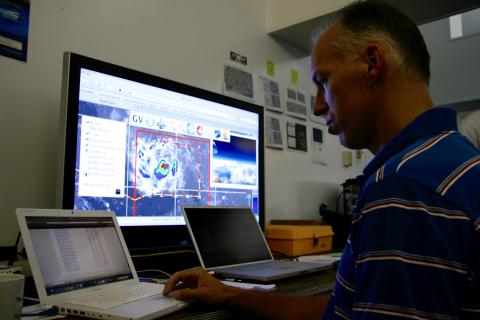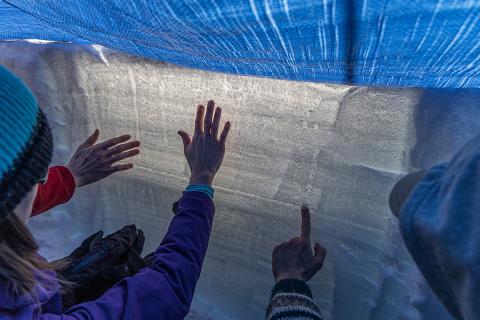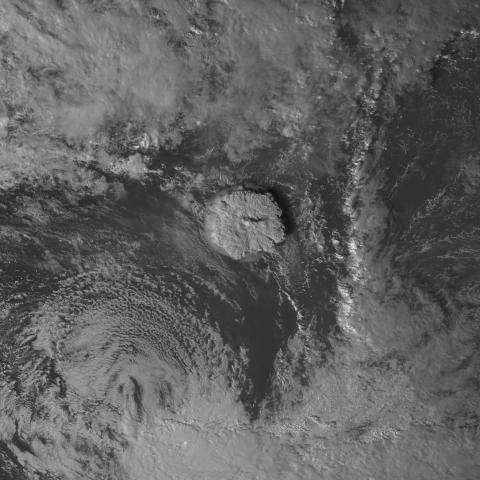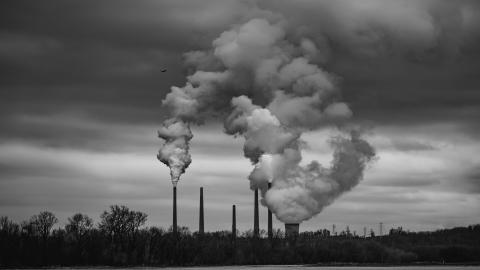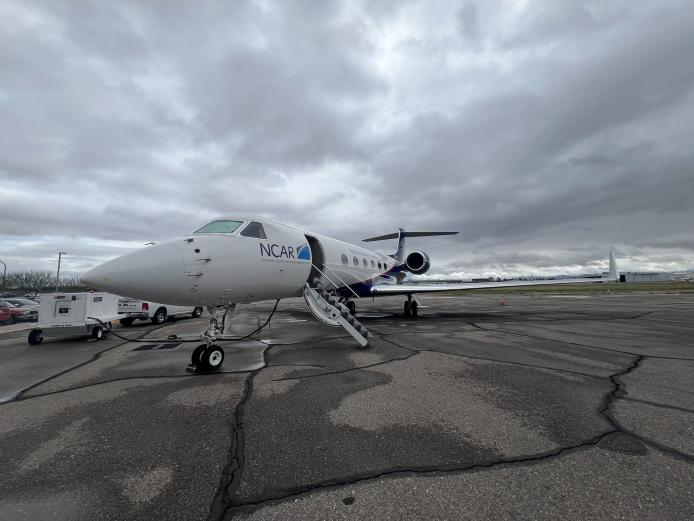
Eclipse Observations with the Airborne Coronal Emission Surveyor (ACES)
The Airborne Coronal Emission Surveyor (ACES) is a new instrument using the Airborne Stabilized Platform for Infrared Experiments (ASPIRE) to explore the large-scale coronal IR emission spectrum during the 2024 total solar eclipse. ACES and ASPIRE will fly on the NSF NCAR Gulfstream V along the path of totality during the second Great American Eclipse in 2024. ACES will use the 20 cm optical feed from ASPIRE to map emission line intensity as a function of radius and solar magnetic structure.
Cold Air Outbreak Experiment in the Sub-Arctic Region (CAESAR)
One of Earth's most intense air mass transformations happens when cold Arctic air flows out over the much warmer open oceans in so-called Cold-Air Outbreaks (CAOs). The surface heat fluxes are among the highest observed on Earth, supporting highly convective clouds capable of producing heavy snowfall and occasionally spawning intense "polar lows." Surprisingly little is known about their Lagrangian evolution, the relationship between up- and downstream conditions, and between the surface fluxes, boundary-layer structure, cloud and precipitation properties, and mesoscale circulations. These clouds provide a powerful modeling test bed for improving the representation of mixed-phase cloud processes in large eddy simulations, numerical weather prediction, and global climate models.
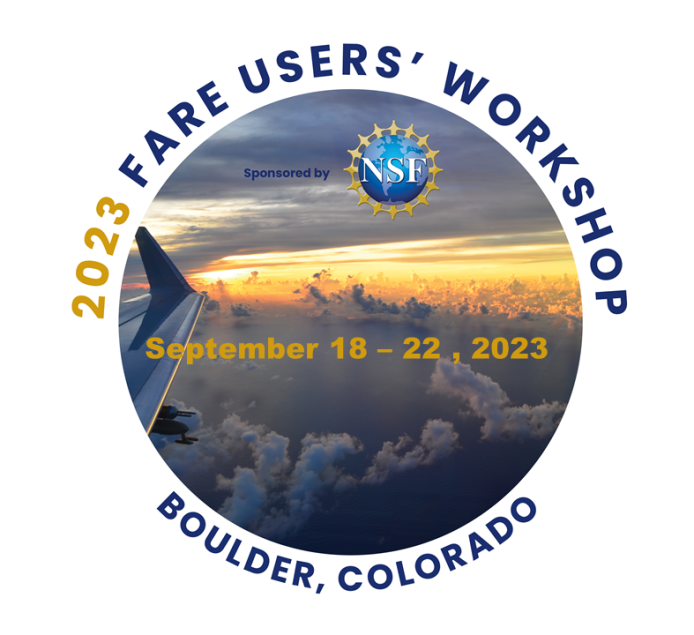
The NSF-sponsored Facilities for Atmospheric Research and Education (FARE) FARE Users' Workshop final report was published March 2024. The workshop highlighted the Lower Atmosphere Observing Facilities (LAOF) and the Community Instruments and Facilities (CIF) where the community engaged in discussions related to science drivers, emerging technologies and community needs within the content of observational atmospheric research.
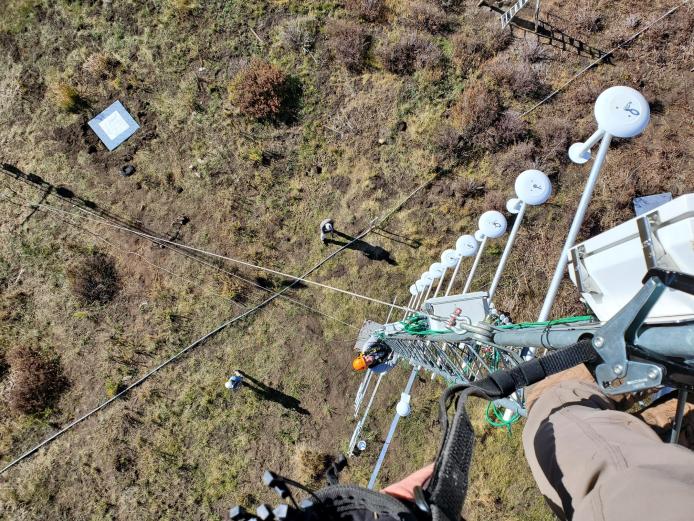
NSF Facility and Instrumentation Request Process (FIRP)
A revised version of the Facility and Instrumentation Request Process (FIRP) solicitation was published by NSF on 3 July 2023. The solicitation describes the mechanism by which the research community can propose projects that require access to facilities and instrumentation sponsored by the Facilities for Atmospheric Research and Education (FARE) Program in the Division of Atmospheric and Geospace Sciences (AGS). Specialized FARE instrumentation and facilities include the Lower Atmosphere Observing Facilities (LAOF) and the Community Instruments and Facilities (CIF). For more information, please contact Dr. Shree Mishra, NSF FARE Program Director (sumishra@nsf.gov).
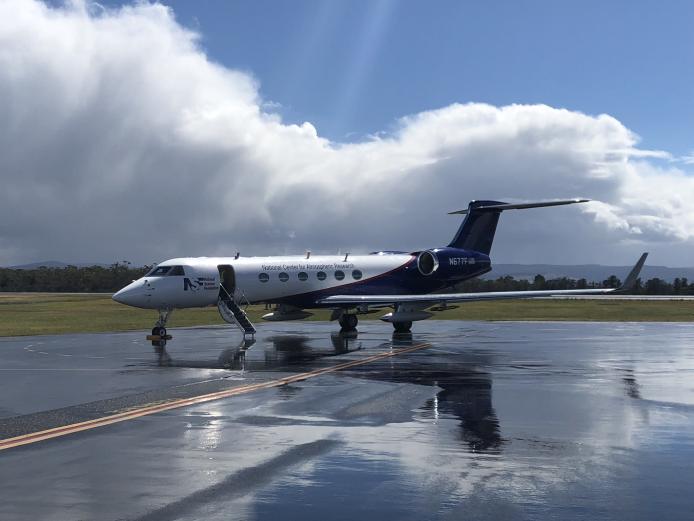
Explore NCAR-managed Lower Atmosphere Observing Facilities for your field research
EOL manages and operates a portfolio of multi-user national facilities that are sponsored by NSF. The NCAR-managed Lower Atmosphere Observing Facilities include:
These specialized facilities and instrumentation can be requested to carry out the scientific field work associated with the investigation of a wide range of geophysical phenomena.
EOL in the News
Read stories and articles about the incredible work by EOL staff and our suite of requestable Lower Atmosphere Observing Facilities (LAOF).
